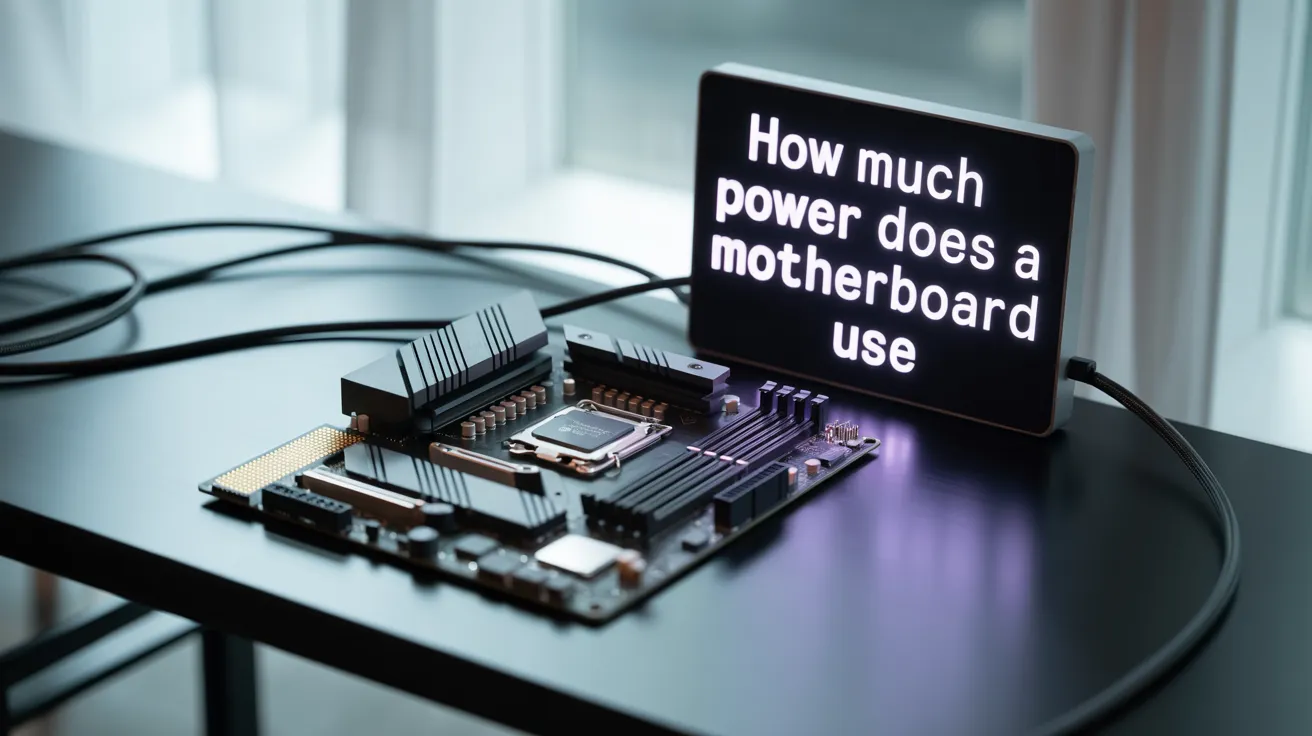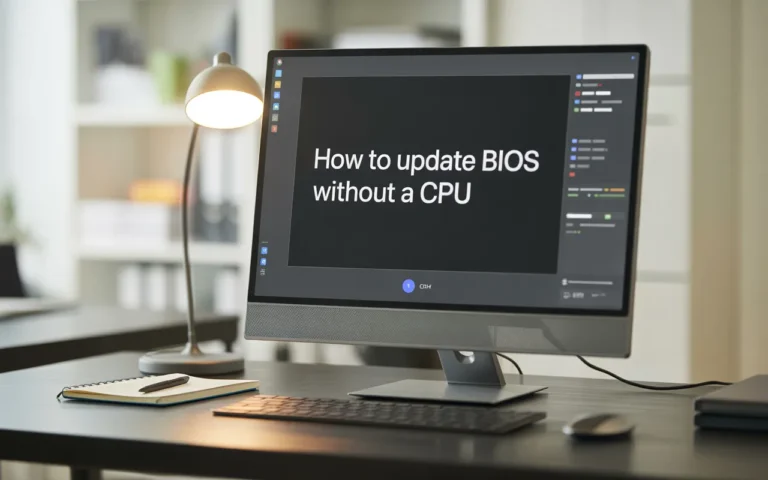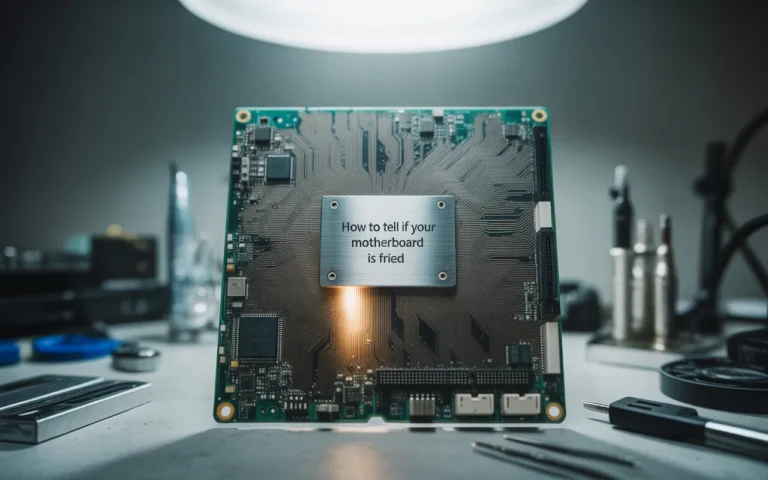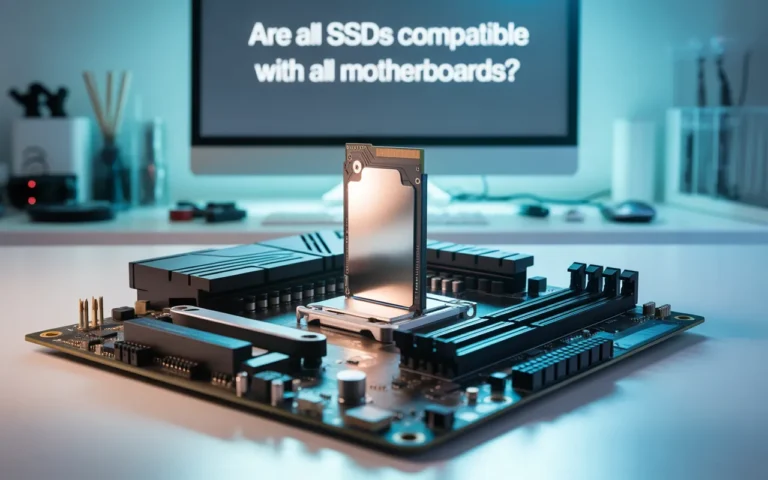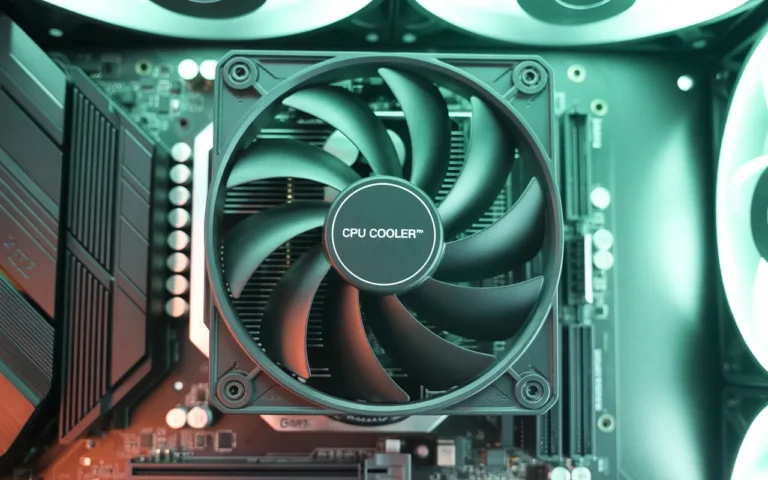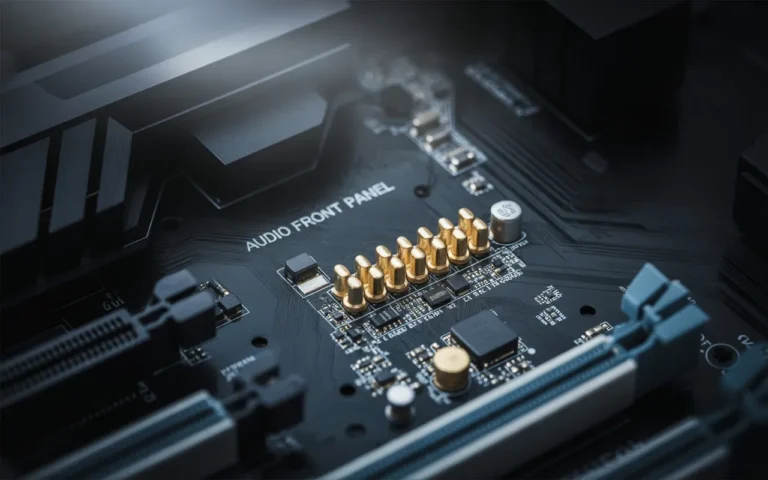How Much Power Consumption of Motherboard – Full Guide 2025!
Understanding how much power consumption of the motherboard matters a lot when you are building or upgrading a computer. The motherboard is the central part that links all components and controls how power flows through them. Knowing how much power it uses helps you pick the right power supply and saves energy. Power consumption varies between motherboards based on their size, features, and connected hardware. Basic motherboards use less energy, while gaming or advanced models require more.
This guide will cover key topics like wattage, energy use, power management, and how these impact your motherboard’s power needs in 2025. This knowledge ensures you create a powerful and efficient PC setup.
Introduction
When we address power consumption, the first thing that comes to mind is the CPU or GPU. Did you know that your computer’s motherboard, which is the core of your system, also affects the amount of power it consumes? Being aware of the conditions that affect the motherboard’s power consumption will help you design a more efficient system.
What is a motherboard?
Before discussing power consumption, we will briefly explain the motherboard. The motherboard is the primary circuit board that connects the various components of the computer. It drives the CPU, storage devices, memory, and other peripherals. It becomes the system’s centre and enables communication among all the computer’s components.
Role of the Motherboard on Power Distribution
The motherboard is the source of power, where the power supply unit (PSU) discharges power to the components connected to it. Power is supplied through various connectors, including the PCIe connectors used to power expansion cards, the 4-pin connector used to power the CPU, and the 24-pin connector used to power the ATX motherboard. The motherboard features voltage regulators that supply each component with the correct amount of power.
How Much Power is Drawn by the Motherboard?
The motherboard’s layout, functionality, and connected components influence its power consumption. A motherboard consumes about 20 to 50 watts, but this value can vary due to some factors.
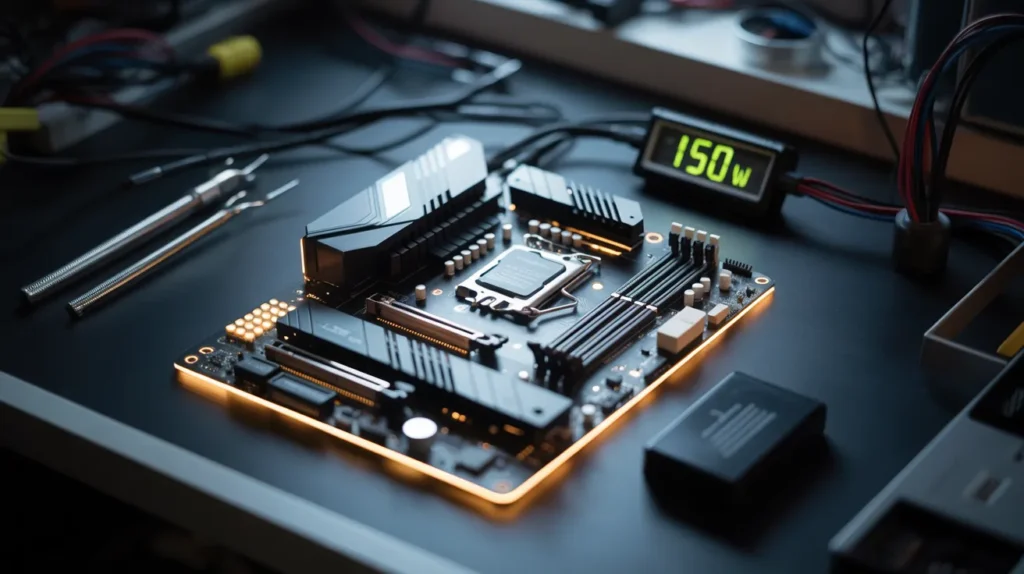
Factors that Affect the Power Consumption of Motherboard Form Factor
Generally speaking, more power-hungry motherboards, such as ATX or E-ATX, require more power than smaller ones, such as Micro ATX or Mini ITX.
Motherboard chipset: Motherboards with more powerful chipsets, such as those found in workstations or gaming motherboards, consume significantly more power.
Built-in Components: Modern motherboards often house the network interface card, sound card, and graphics card, which implies that they consume more power.
Power Delivery System: Overclocking motherboards with a good reputation are associated with better power delivery systems that can utilise more energy.
Peripheral Devices: The Motherboard needs to supply additional power to the peripheral components it has attached, such as USB devices, hard drives, and RAM modules.
Analysis of Power Consumption
A typical motherboard consumes 20 to 50 watts, but it isn’t easy to establish a definite figure as motherboard designs differ widely. Expensive motherboards may be necessary for professional workstations and gaming systems.
What Is the Importance of Motherboard Power Use?
The knowledge of the power draw on a motherboard can be essential in several ways:
Efficiency of power consumption
Building an energy-efficient system requires reducing the power consumption of each component, including the motherboard. Low power consumption will decrease electricity costs and help create greener surroundings.
Impact on the System Stability
Balancing and power transfer play vital roles in the system’s general operations. The latter can manifest as instability caused by a motherboard whose power delivery system is not up to par, especially when subjected to excessive loading or pushed to its limits.
Heat control
A motherboard consumes a considerable amount of electricity, resulting in significant heat. Thermal management provides the ideal temperatures on your motherboard, eliminating the problem of overheating and prolonging the lifetime of components.
Also Read: How to Enter BIOS on ASRock Motherboard – Full Guide 2025!
The Role of the Power Supply Unit ( PSU )
The PSU converts the electricity on the wall into a form that the motherboard and the other components can use. The electrical requirements of the motherboard, CPU, GPU, and other peripherals should be added together to determine how ample your power supply will be.
Buying the Right PSU for Your Setup
Selecting a PSU capable of handling your system’s overall power draw is necessary. Over- or underestimating the power requirement can result in an unstable system or hardware failure.
Reducing the Power Usage of your Motherboard
The following are some of the tips to optimise the performance of your motherboard if you are concerned with power consumption:
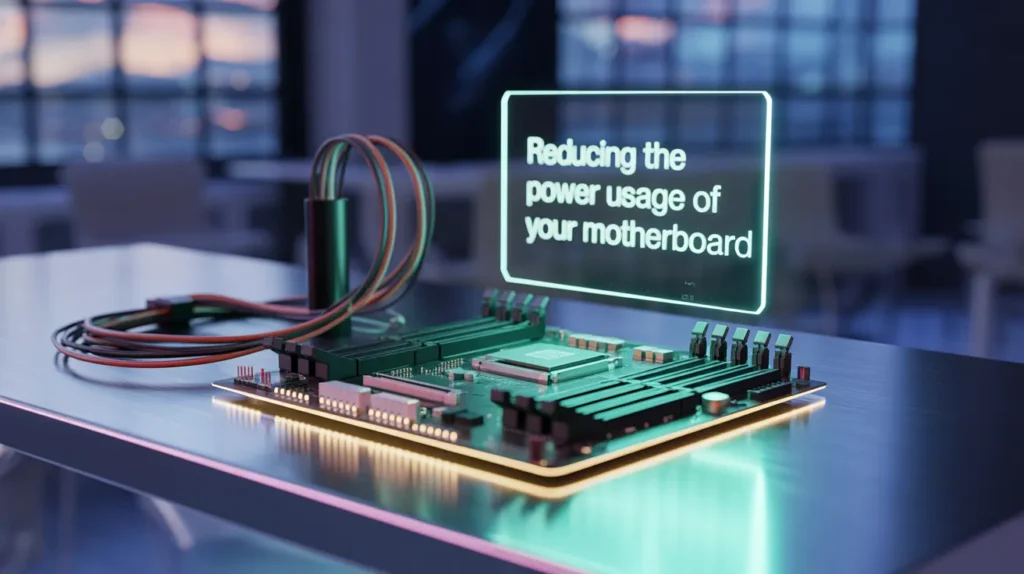
Disable Idle Features and Ports
Many modern motherboards come with additional USB ports, onboard graphics, free PCIe slots, etc. Power can be conserved when BIOS ports and functions not in use are switched off.
Use Powerful Power Plans
Most operating systems have power management settings that can reduce your computer’s total energy consumption. Ensure the system is in power-saving mode when it is not in use.
Change to a More Efficient Motherboard
If your current motherboard is outdated or old, consider upgrading to a newer, more energy-efficient one. Recent motherboards consume less power overall but offer better components and significantly improved power delivery structures.
The Power Consumption Impairment of Overclocking
Overclocking is commonly used to extract additional performance from the motherboard and the CPU. However, overclocking can potentially increase heat production and power consumption, which can shorten the motherboard’s life.
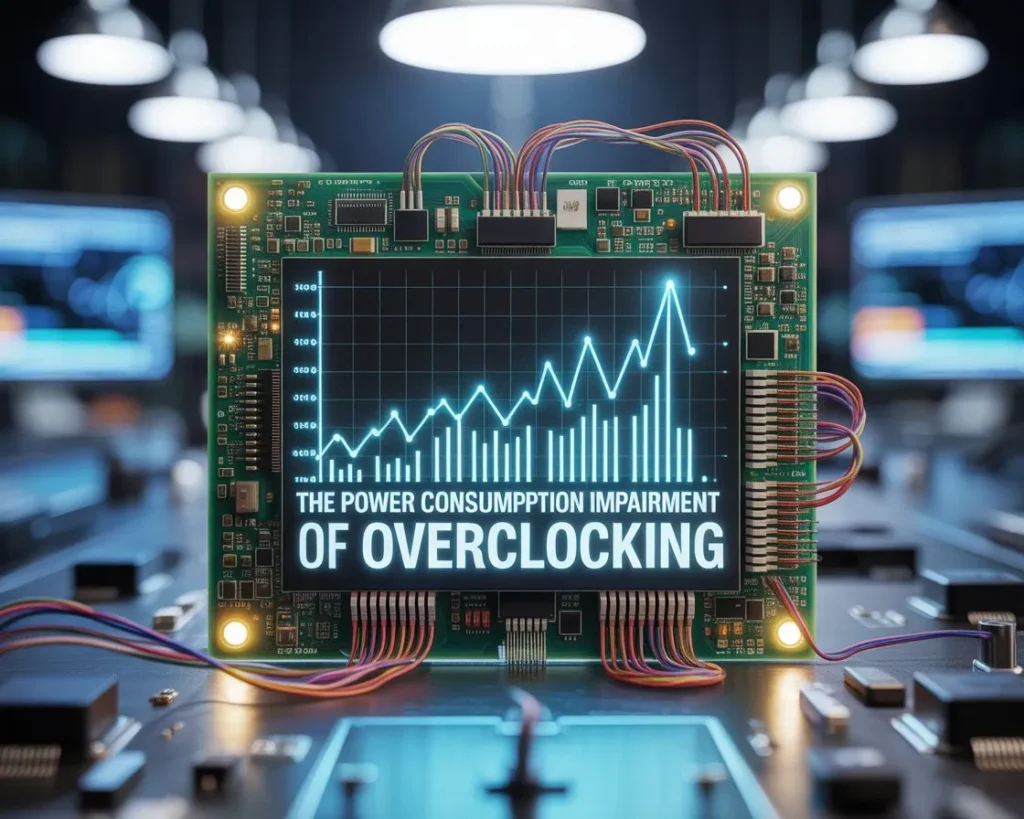
Understanding Overclocking Voltage and Power Consumption
During overclocking, the voltage to the CPU and RAM typically needs to be increased. This increases the motherboard’s overall power consumption, so you must ensure that you have a PSU with sufficient power to handle the additional load.
Conclusion:
The motherboard’s power consumption is also crucial to a computer’s overall structure. Although it does not consume excess power compared to other components, such as the CPU or the GPU, it forms part of your overall power budget. Building efficiency and understanding the parameters that influence the motherboard’s power consumption will allow you to make your system more stable and productive.
FAQ’s:
1. What is the wattage of a standard motherboard?
The average power draw of a motherboard ranges from 20 watts to 50 watts, depending on its functionality, design, and the components attached to it.
2. Can the amount of power consumed by my mother’s board be reduced?
To maximise power use, disable unused ports and functions, use a more efficient motherboard, and employ an energy-efficient power plan.
3. Does overclocking increase the power consumption of the motherboard?
Since overclocking can only be conducted by increasing voltage and power to keep the system running stably, it also increases the power usage of the motherboard and the CPU.
4. How does the motherboard’s power consumption relate to the PSU?
The PSU services the motherboard and all the other system components. Choose a PSU capable of controlling your total system power draw.
5. Does the size of a motherboard affect power consumption?
Due to their features and components, larger motherboards (such as ATX and E-ATX) will likely consume more power than smaller motherboards (such as Mini ITX).

